In a world grappling with environmental challenges, the concept of eco-economies offers a hopeful and practical path forward. These economies blend ecological sustainability with economic activities, creating systems that not only support growth but also protect and regenerate the environment. Let’s delve into how eco-economies are reshaping our approach to development, ensuring prosperity for both people and the planet.
 Circular Economy
Circular Economy
The circular economy is a transformative approach to production and consumption, encouraging the reuse, repair, refurbishment, and recycling of products and materials. This model challenges the traditional linear economy of “take, make, dispose” by keeping resources in circulation for as long as possible. The benefits are manifold: it reduces waste, saves energy, and cuts down on the extraction of new raw materials. Businesses in a circular economy might design furniture that can be easily disassembled and recycled, or fashion brands might create clothes from reclaimed fabrics. By reimagining the life cycle of products, the circular economy not only conserves natural resources but also opens up new business opportunities and creates jobs in the recycling and remanufacturing sectors.
Renewable Energy Transition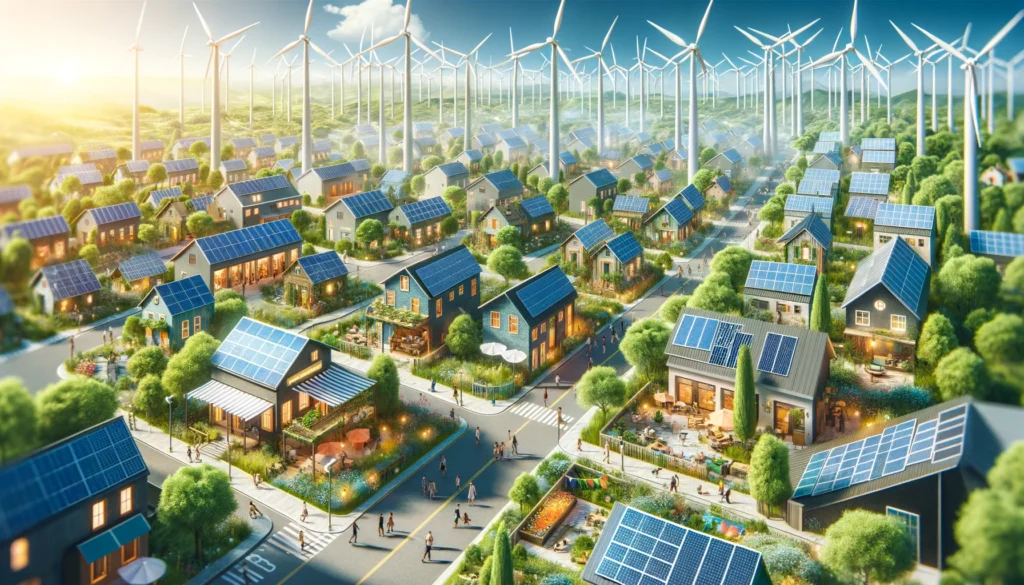
The transition to renewable energy is a cornerstone of eco-economies, marking a shift away from fossil fuels towards cleaner, sustainable sources of power such as solar, wind, and hydroelectricity. This change is critical for reducing greenhouse gas emissions, combating climate change, and protecting air and water quality. Renewable energy also promotes energy independence and security, as resources like the sun and wind are abundant and accessible across the globe. Communities adopting renewable energy can see a range of benefits, from lower electricity bills to the creation of green jobs in the installation and maintenance of renewable energy systems. Furthermore, innovations in energy storage and smart grids are making renewable energy more reliable and efficient, ensuring it can meet our needs well into the future.
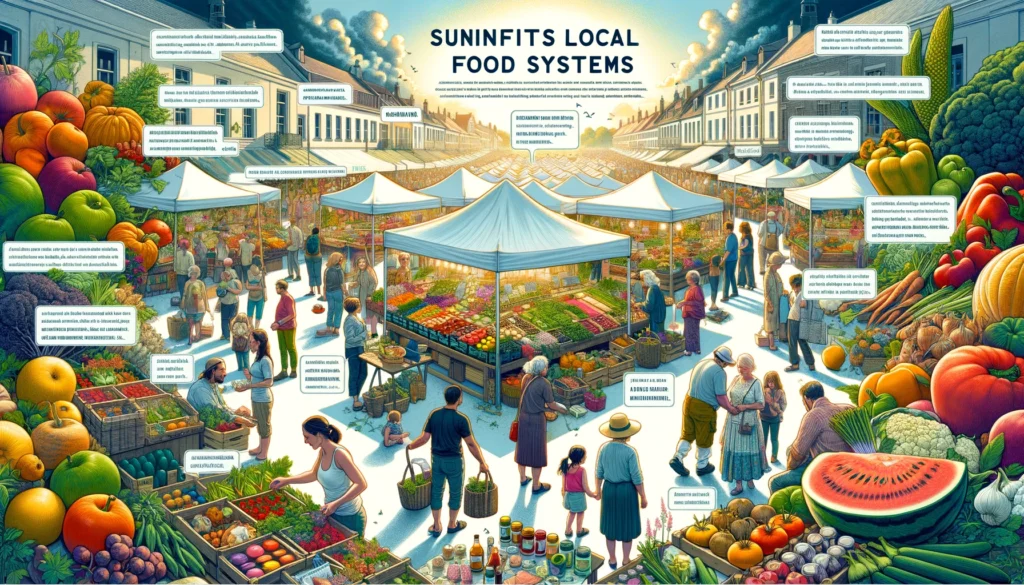 Local and Regional Self-Reliance
Local and Regional Self-Reliance
Fostering local and regional self-reliance is essential in eco-economies, reducing the environmental impact of transporting goods long distances and strengthening local communities. This approach involves supporting local farmers and producers, encouraging the use of local materials in manufacturing, and promoting local services and businesses. By doing so, communities can become more resilient, adaptable, and sustainable. Local self-reliance also nurtures a sense of community identity and belonging, as people come together to support each other and their local economy. Examples of this can be seen in initiatives like community-supported agriculture (CSA) programs, local farmers’ markets, and community energy projects, which all contribute to the health and vitality of local economies while minimizing ecological footprints.
Sustainable Agriculture and Food Systems
Sustainable agriculture and food systems are vital for eco-economies, aiming to produce food in ways that are healthy for both people and the planet. This approach to farming works with natural processes, not against them, to enhance soil health, conserve water, and protect biodiversity. Techniques like crop rotation, organic farming, and permaculture design not only reduce the need for chemical fertilizers and pesticides but also support thriving ecosystems within agricultural landscapes. Moreover, sustainable food systems emphasize local sourcing and short supply chains, which help reduce carbon emissions from transportation and strengthen local economies. By prioritizing the resilience and health of our food systems, we can ensure access to nutritious food for all communities while protecting the environment.
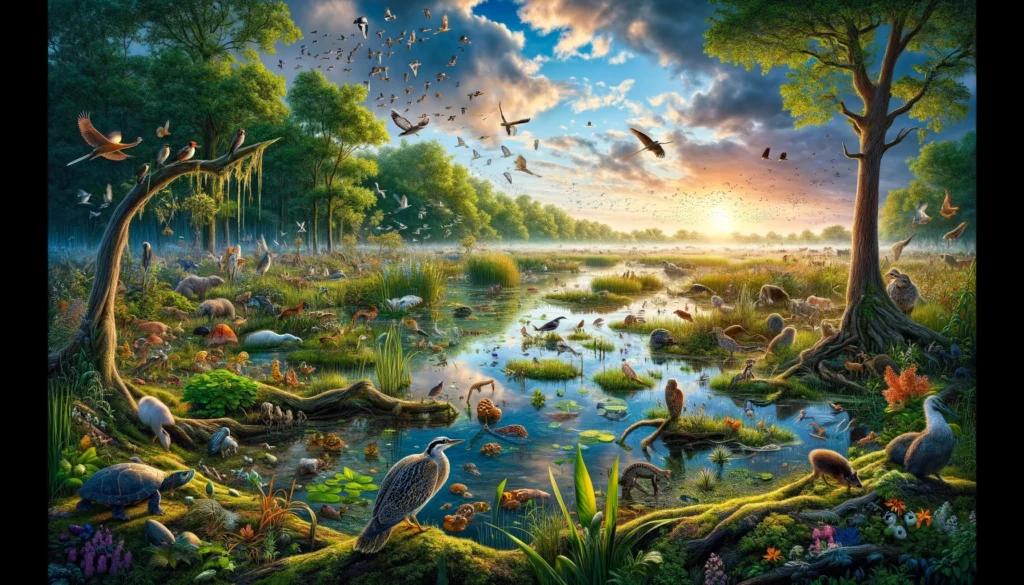 Ecosystem Services and Biodiversity Conservation
Ecosystem Services and Biodiversity Conservation
Eco-economies place a high value on ecosystem services—the benefits that nature provides to humans, such as clean air and water, pollination of crops, and climate regulation. Biodiversity conservation is closely linked to the health of these services, as diverse ecosystems are more resilient and capable of supporting human needs. Efforts to conserve biodiversity, such as protecting natural habitats, restoring degraded lands, and implementing sustainable land management practices, ensure that ecosystems can continue to function effectively. These actions not only safeguard wildlife but also support human well-being by preserving the natural systems upon which we depend. Investing in ecosystem services and biodiversity is not just an environmental imperative but an economic one, as these natural assets underpin many sectors of the economy.
Green Infrastructure and Sustainable Urban Planning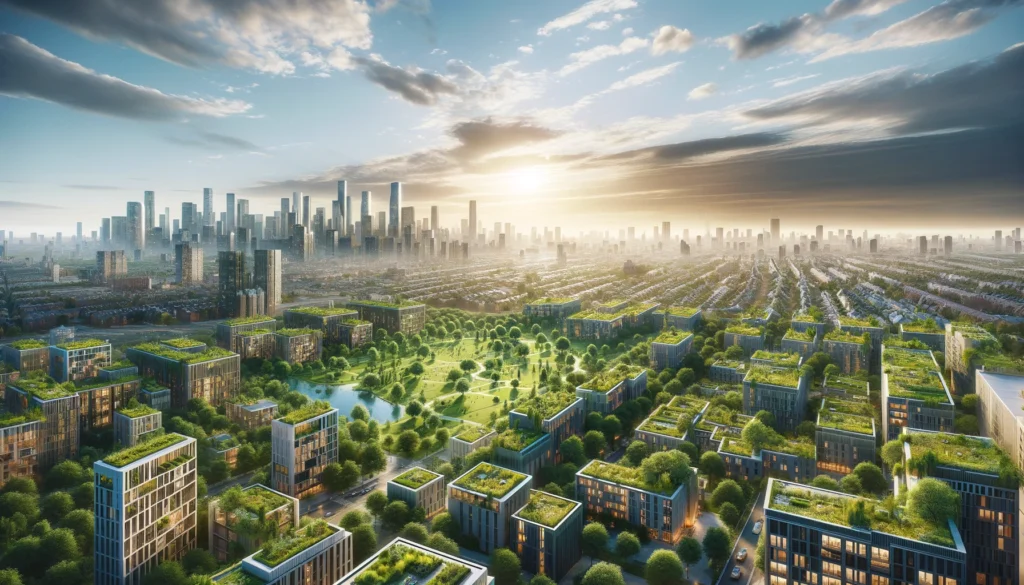
In the context of eco-economies, green infrastructure, and sustainable urban planning are about designing cities that live in harmony with the natural world. Green infrastructure, such as parks, green roofs, and urban gardens, provides essential services like stormwater management, air purification, and heat reduction, making cities more livable and resilient to climate change. Sustainable urban planning goes further, integrating public transportation, energy-efficient buildings, and pedestrian-friendly spaces to reduce environmental impacts and enhance the quality of urban life. These approaches not only contribute to a healthier environment but also foster strong, connected communities by creating public spaces that encourage social interaction and accessibility for all residents. By reimagining urban spaces in this way, eco-economies can thrive, demonstrating that development and sustainability can go hand in hand.
Author’s Note
Thank you for exploring the transformative potential of eco-economies with me. As we face increasing environmental challenges, the principles of eco-economies offer a blueprint for a sustainable future where economic development and ecological health go hand in hand. Let’s continue to support and advocate for these principles, paving the way for a greener, more resilient world.
G.C., Ecosociosphere contributor.
References and Further Reading

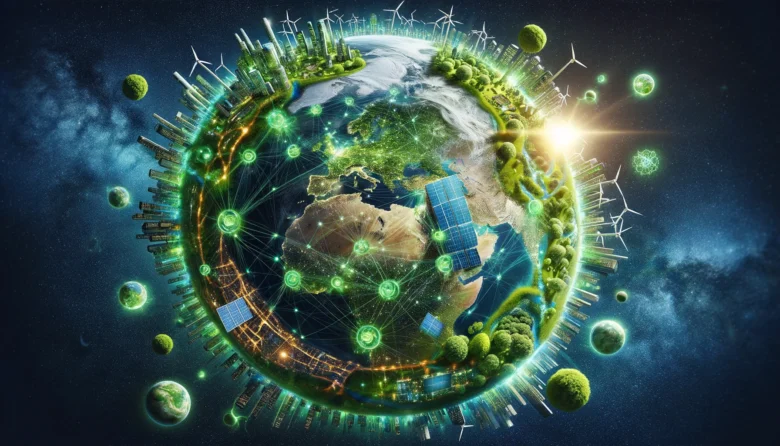
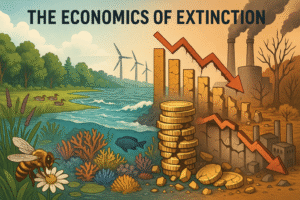


Comments
Thank you for your sharing. I am worried that I lack creative ideas. It is your article that makes me full of hope. Thank you. But, I have a question, can you help me?
I don’t think the title of your article matches the content lol. Just kidding, mainly because I had some doubts after reading the article.